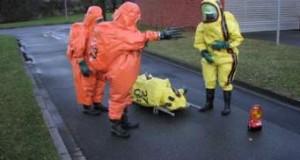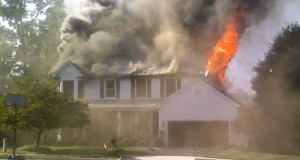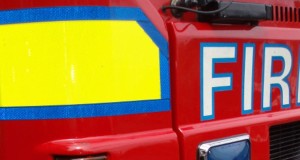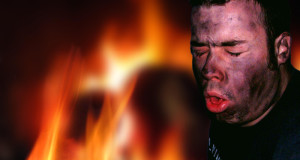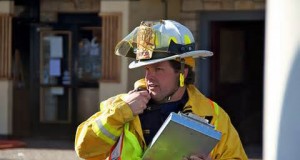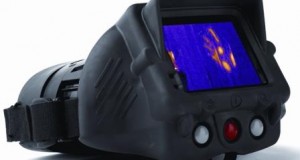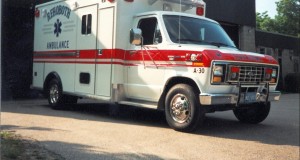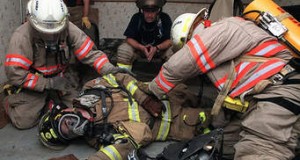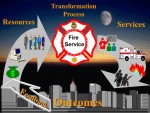When viewed "side by side", the way we conduct interior structural firefighting operations is completely at odds with how we are required to approach a hazardous materials incident. Why is that? How does OSHA allow it?
Read More »Firefighter Safety
Firefighters and Smoke Disorientation
If we cannot objectively analyze our own actions and the actions of others for the purpose of learning and not repeating mistakes, can we really call ourselves professional firefighters?
Read More »USA Fire Service Safety Culture: Another Perspective
In the USA you certainly have a very militaristic and I would say macho culture in your fire service. This is compounded by the public perception of fire fighters and the pedestal they put them on. (Don't get me wrong as a former fire fighter I hold all fire fighters in high esteem, but they need to realise [sic] they are not super human).
Read More »What You Don’t Know About Fire Smoke Can Hurt You
There will never be an absolute method for preventing exposure, but there are tactical measures that can lessen the exposure. With presumptive legislation available in many states to care for firefighters stricken by illness and disease, there will most likely come a day when that legislation WILL NOT be available if departments are not employing prevention standards. Just something to think about.
Read More »Stop Romanticizing Firefighting!
Until we stop romanticizing the job of a firefighter with “how it used to be”, we will never get the current and future generations of firefighters to understand—really understand and take it to heart—that when you look at the facts, the vast majority of risks in the business of firefighting should have gone the way of the dodo bird.
Read More »A Tale of Two Fires
I learned of the fire via a post on our Facebook Group, CFD Members Past & Present, and I have to be honest in that my first thought was “Oh, no!” Why such a reaction—which happened before I opened the link to the news story about the fire—to this fire? Because I’d seen it before.
Read More »10 Steps to Buying the Right TIC
Buying a thermal imaging camera (TIC) with too many or too few bells and whistles is not a good use of department money; here are 10 steps to help you get more TIC for your buck.
Read More »NFPA’s new ambulance standard
Second, there's the increasing number of patients and EMS providers that are being killed and injured in ambulance crashes each year. Those mortality and morbidity numbers prompted the International Association of Fire Chiefs to begin working with the National Fire Protection Association in 2009 to develop a true standard for a safer ambulance. Their work culminated with the approval of NFPA 1917: Standard for Automotive Ambulances in August 2012.
Read More »Taking Care of the Rescued Firefighter
We have to be able to seamlessly move from firefighter rescue to firefighter patient care. And that will entail additional training and practice on the part of both firefighters and the EMS providers — who may not be firefighters. Why? Because in addition to a firefighter who may be in need of life-saving medical intervention, such an event is also a workplace injury site if the firefighter survives, or the site of a line-of-duty death if resuscitation efforts are unsuccessful or the firefighter later succumbs to his injuries.
Read More »Fire Department in Danger After Levy Fails
As Dr. Phil says, “It’s time to get real!” Fire departments must stop trying to provide a model of fire protection—one that’s predicated on saving lives and property through the reactive deployment of firefighters who implement an interior fire attack the majority of time—when the department does not possess the resources to do so safely, effectively, and efficiently according to accepted standards and practices, e.g., NFPA 1710 or NFPA 17.
Read More » Fire & EMS Leader Pro The job of old firefighters is to teach young firefighters how to become old firefighters!
Fire & EMS Leader Pro The job of old firefighters is to teach young firefighters how to become old firefighters!
